Method of Constructing a Frequency Polygon with the Help of a Histogram
We will discuss about the method of constructing a frequency polygon with the help of a histogram.
Step I: Draw the histogram for the frequency distribution as explained above.
Step II: Locate the midpoint of the top horizontal side of each rectangle in the histogram.
Step III: Locate the middle points on the horizontal axis of two imaginary intervals of common size, one before the first class interval and the other after the last class interval.
Step IV: Join all the above midpoints by line segments one after the other in order.
Example: Draw the frequency polygon for the following frequency distribution.
Marks Obtained
Under 20
Under 40
Under 60
Under 80
Under 100
Number of Students
6
10
20
36
50
Solution: Changing the distribution into a continuous distribution of overlapping intervals, we have the following table.
Marks Obtained
0 - 20
20 - 40
40 - 60
60 - 80
80 - 100
Number of Students
6
4
(10 - 6)
10
(20 - 10)
16
(36 - 20)
14
(50 - 36)
The histogram of the distribution is shown in the adjacent figure.
Following steps II, III and IV, the frequency polygon will be as shown alongside.
Scale: On the x-axis, 1 cm = 20 marks.
On the y-axis, 2 mm = 1 student.
From Method of Constructing a Frequency Polygon with the Help of a Histogram to HOME PAGE
Didn't find what you were looking for? Or want to know more information about Math Only Math. Use this Google Search to find what you need.
Recent Articles
-
Subtraction of Decimals | Subtracting Decimals | Decimal Subtraction
Apr 24, 25 03:25 PM
We will discuss here about the subtraction of decimals. Decimals are subtracted in the same way as we subtract ordinary numbers. We arrange the digits in columns -
How to Do Long Division? | Method | Steps | Examples | Worksheets |Ans
Apr 24, 25 10:18 AM
As we know that the division is to distribute a given value or quantity into groups having equal values. In long division, values at the individual place (Thousands, Hundreds, Tens, Ones) are dividend… -
Division by Two-Digit Numbers | Knowledge of Estimation | Division
Apr 24, 25 10:12 AM
In division by two-digit numbers we will practice dividing two, three, four and five digits by two-digit numbers. Consider the following examples on division by two-digit numbers: Let us use our knowl… -
Addition of Decimals | How to Add Decimals? | Adding Decimals|Addition
Apr 24, 25 01:45 AM
We will discuss here about the addition of decimals. Decimals are added in the same way as we add ordinary numbers. We arrange the digits in columns and then add as required. Let us consider some -
Addition of Like Fractions | Examples | Videos | Worksheet | Fractions
Apr 23, 25 09:23 AM
To add two or more like fractions we simplify add their numerators. The denominator remains same. Thus, to add the fractions with the same denominator, we simply add their numerators and write the com…
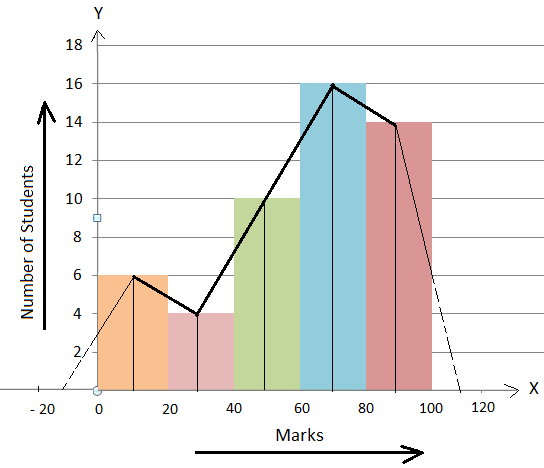

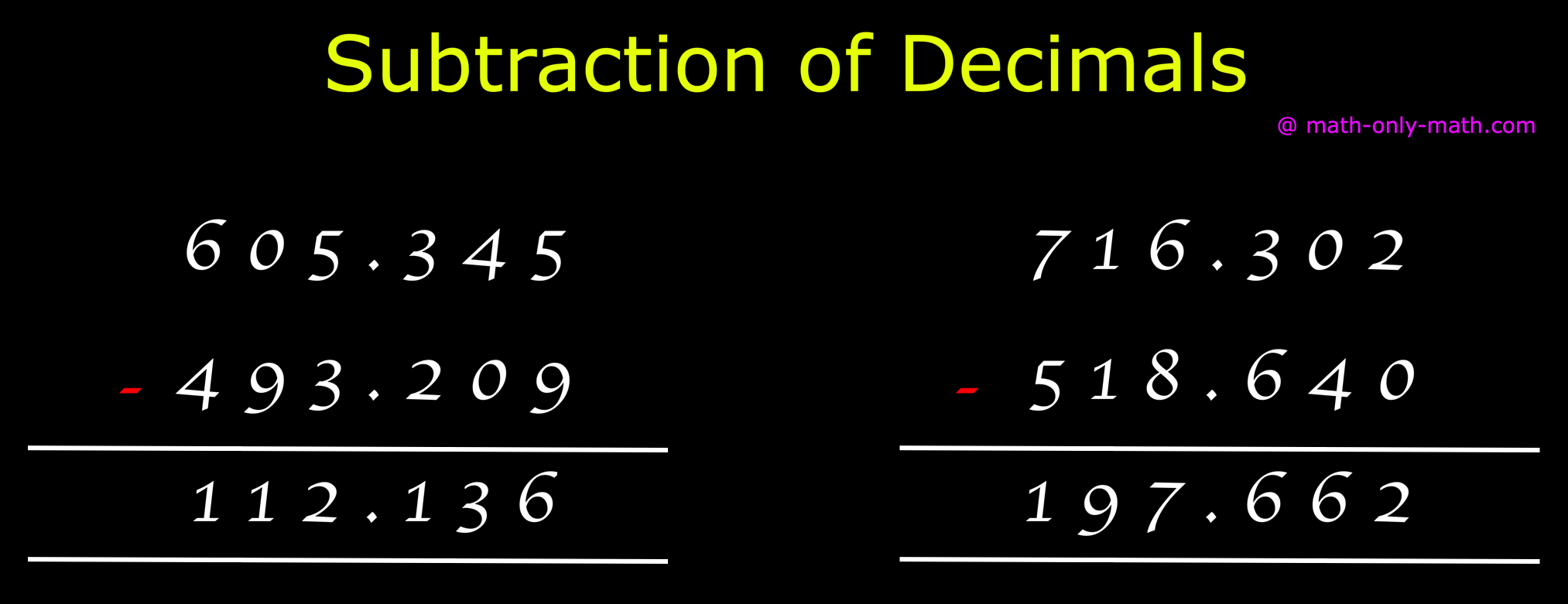
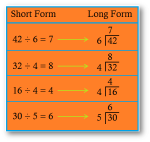
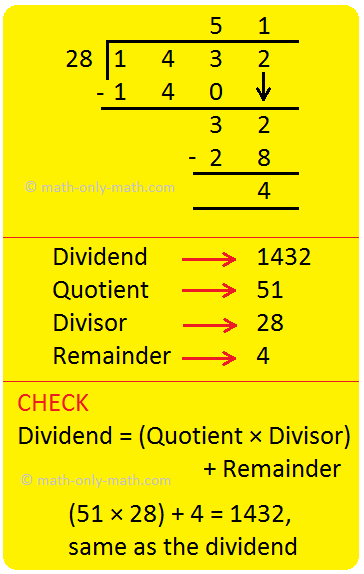

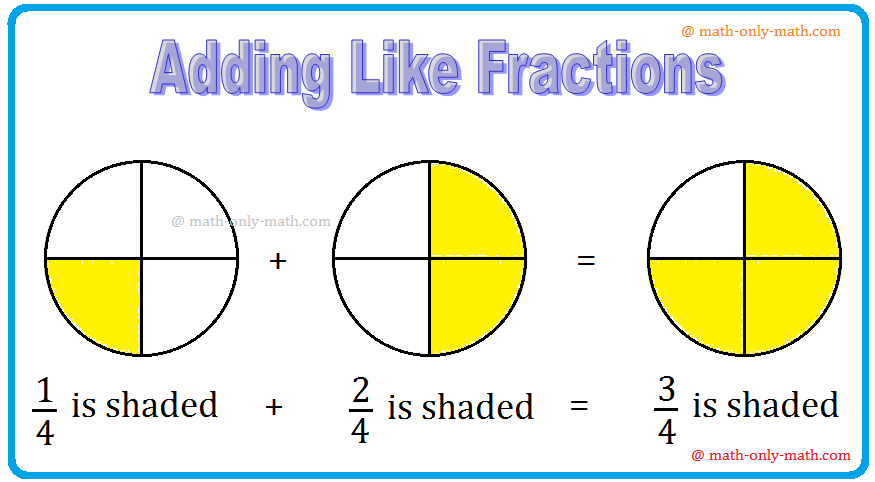
New! Comments
Have your say about what you just read! Leave me a comment in the box below. Ask a Question or Answer a Question.